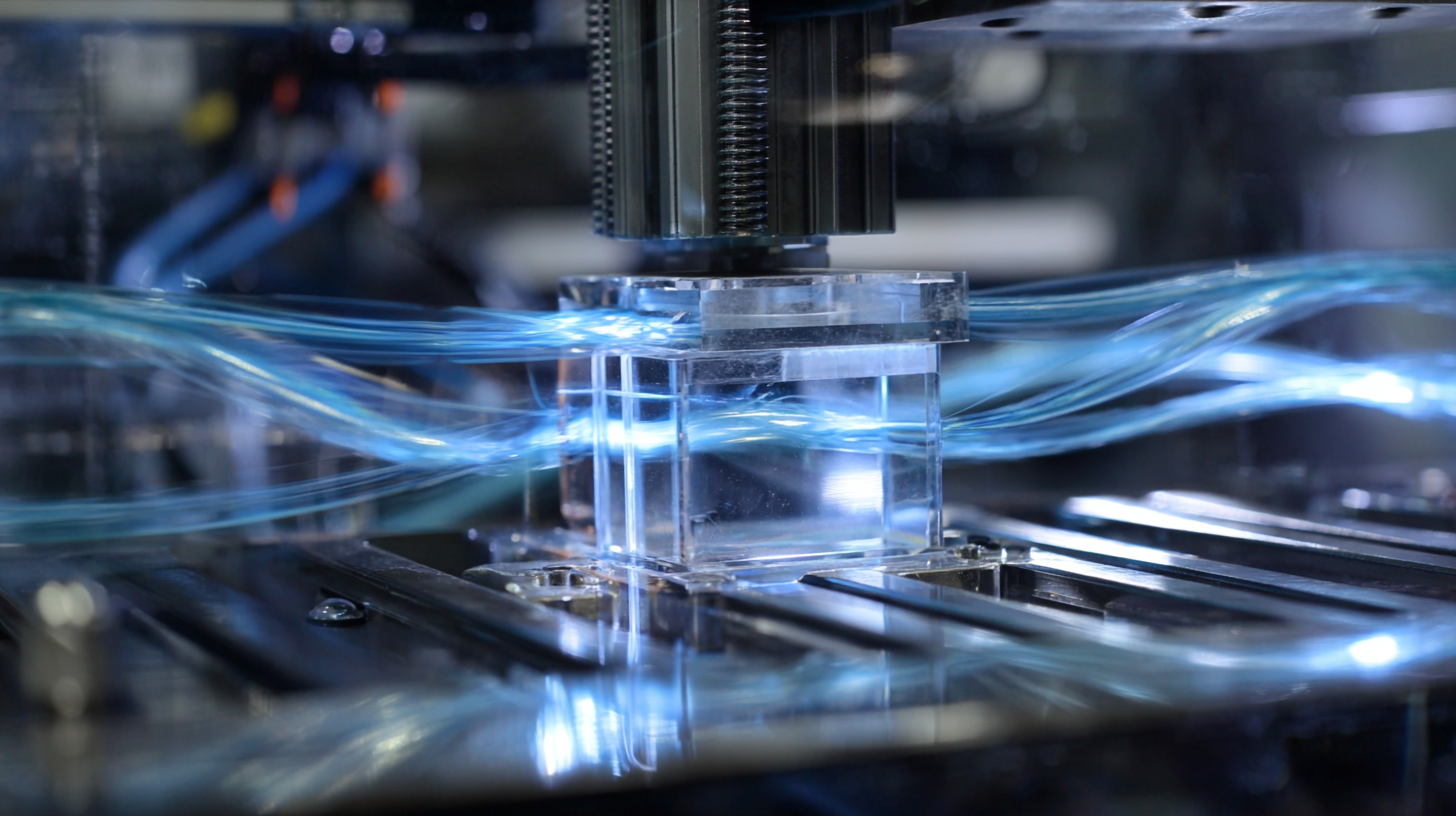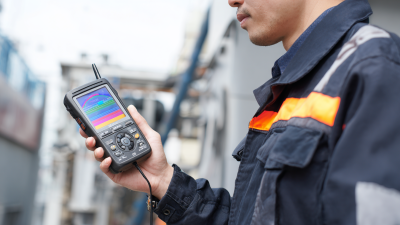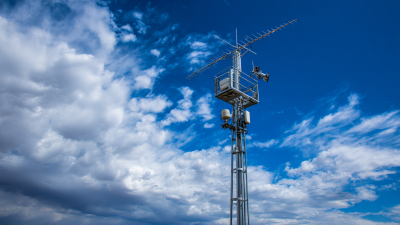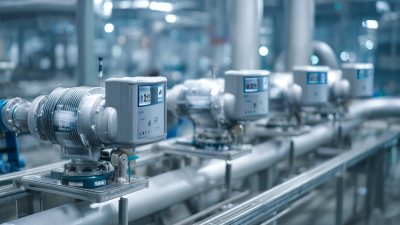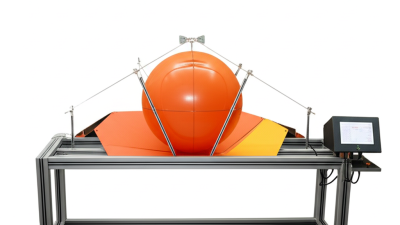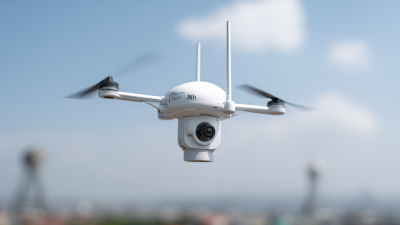
-
Home
-
Product Center
-
Application
-
Support
-
JT Cloud
-
About Us
-
Contact Us
Leave Your Message

In the realm of environmental monitoring and industrial applications, accurately measuring air velocity is paramount for ensuring optimal performance and safety. With advancements in technology, innovative devices such as the Air Velocity Measuring Device have emerged, offering enhanced precision and usability. These devices not only streamline the measurement process but also provide critical data that can be analyzed to improve air quality and ventilation systems. Understanding the various factors that influence air velocity and how to utilize these devices effectively is essential for professionals in fields ranging from HVAC to meteorology.

This guide aims to equip readers with practical tips and insights on selecting the right Air Velocity Measuring Device and maximizing its potential for reliable results. By leveraging modern technology and following best practices, users can confidently navigate the complexities of air velocity measurement and achieve their desired outcomes.
Choosing the right innovative device for accurate air velocity measurement is essential for various applications, from meteorology to HVAC system optimization. Recent reports indicate that the demand for precise air velocity measurements has grown significantly, driven by the increasing focus on energy efficiency and environmental sustainability.
Devices such as handheld wind meters are particularly sought after due to their portability and ease of use. According to a recent industry analysis, accurate wind speed measurements can enhance energy assessments by up to 20%, making these tools invaluable.
When selecting a device, it's critical to consider features such as measurement range, accuracy, and response time. High-performance models now offer digital displays with real-time data, improving usability for professionals in dynamic environments. Some advanced handheld wind meters come equipped with Bluetooth connectivity, allowing users to seamlessly transfer data to mobile devices for analysis. As air quality monitoring and climate-related research gain importance, investing in innovative measurement devices can provide significant advantages in gathering reliable data and making informed decisions.
Air velocity plays a crucial role in HVAC (Heating, Ventilation, and Air Conditioning) systems, impacting energy efficiency, indoor comfort, and overall air quality. Proper air velocity measurement ensures that systems operate within optimal parameters, reducing energy waste and preventing issues such as thermal stratification. According to the American Society of Heating, Refrigerating and Air-Conditioning Engineers (ASHRAE), maintaining adequate air speeds can enhance thermal comfort, while improper velocities may lead to discomfort for approximately 30% of building occupants.
In environmental monitoring, accurate measurement of air velocity is essential for understanding pollutant dispersion and ensuring safe indoor air quality. A report by the U.S. Environmental Protection Agency (EPA) notes that variations in air velocity can significantly influence the distribution of airborne contaminants. For instance, in industrial settings, a high air velocity can effectively dilute harmful emissions. Therefore, adopting innovative devices that enhance precision in air velocity measurement is not merely a technological advancement but a necessity for compliance and health standards in both HVAC applications and environmental management.
This chart illustrates the air velocity measurements taken in various rooms of an HVAC system. Monitoring air velocity is crucial for optimizing airflow, ensuring comfort, and maintaining energy efficiency.
Measuring air velocity accurately is crucial in various fields, including meteorology, HVAC, and industrial applications. Among the key technologies employed, Pitot tubes offer a classical solution by utilizing pressure differential to determine airflow speed. These devices measure the static pressure of the air and the dynamic pressure created by moving air, providing reliable readings. However, their performance can be influenced by factors such as the angle of the airflow, making proper installation and calibration essential.
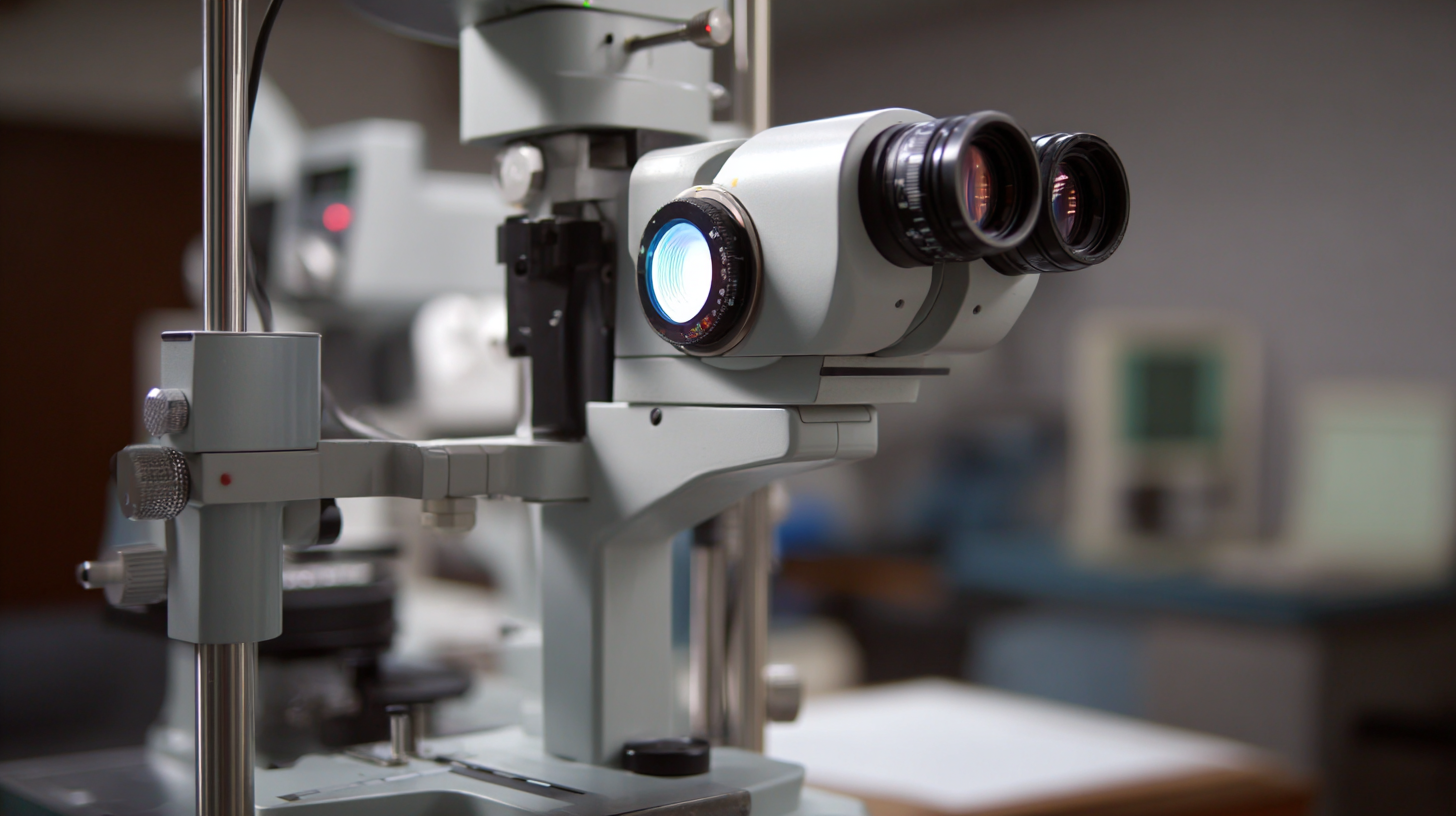
Anemometers are another pivotal technology in air velocity measurement, available in various designs such as cup, vane, and thermal types. Cup anemometers are particularly popular in meteorological stations due to their robustness and ability to measure wind speed efficiently. Vane anemometers, on the other hand, are well-suited for HVAC applications, as they can accurately assess airflow in ducts. Meanwhile, ultrasonic sensors represent a newer innovation in this field, operating without any moving parts. By emitting ultrasonic waves and measuring the time it takes for them to travel, these sensors provide precise air velocity measurements, making them ideal for both laboratory and industrial environments.
When measuring air velocity using innovative devices, the interpretation of data plays a crucial role in ensuring accurate readings. It is essential to understand the context of these measurements, which can vary significantly based on environmental conditions and device calibration. Factors such as temperature, humidity, and atmospheric pressure can all affect the velocity readings. Therefore, it is important to establish baseline conditions and compare measurements against these standards.
Once the data is collected, analyzing it effectively requires a systematic approach. Utilizing statistical methods can help in determining the reliability of the readings. For example, calculating the mean and standard deviation can provide insight into the consistency of the measurements. Additionally, plotting the data over time can reveal trends or anomalies that may indicate issues with airflow or equipment performance. By employing these analytical techniques, one can gain a deeper understanding of air velocity dynamics, leading to more informed decisions in applications such as HVAC systems, industrial processes, and environmental monitoring.
When measuring air velocity, maintaining the accuracy of your instruments is paramount for reliable data. One of the best practices is to regularly calibrate your measurement devices. Calibration ensures that the device is functioning correctly and provides readings within the desired specifications. This process typically involves comparing the readings of your device against a standard or reference instrument. Regular calibration can help identify drift in the readings due to wear, environmental changes, or other factors.
Another crucial aspect of maintaining measurement accuracy is ensuring proper installation and positioning of air velocity sensors. Sensors should be placed in locations that reflect typical airflow patterns and should not be obstructed by any surfaces or objects. Additionally, minimizing the effects of turbulence by maintaining a straight flow path can significantly enhance the reliability of the measurements. Regularly inspecting and cleaning the sensors can also prevent dust and debris buildup, which can skew results and lead to inaccuracies over time. By following these practices, users can ensure the longevity and precision of their air velocity measurement devices.
